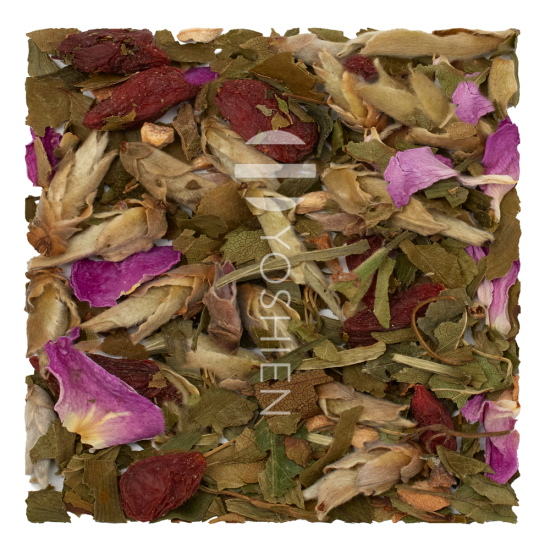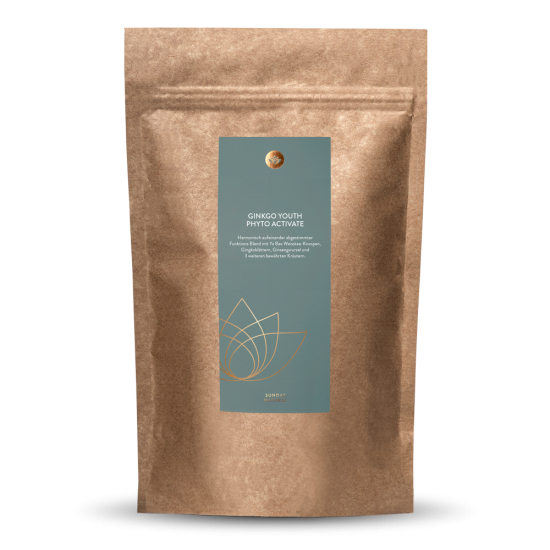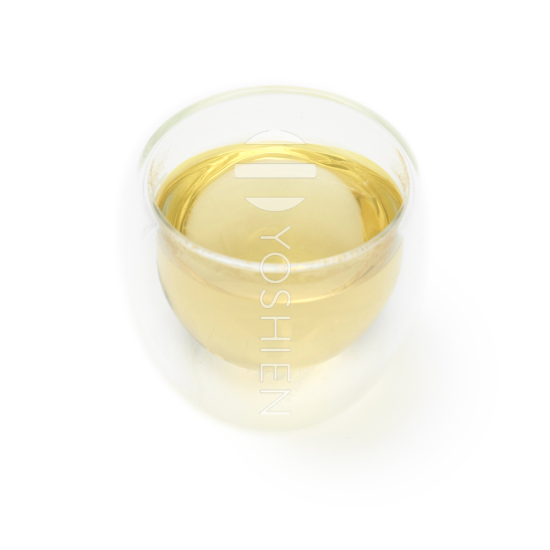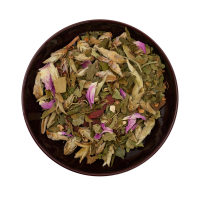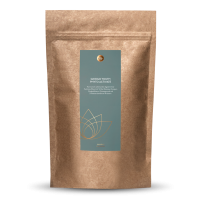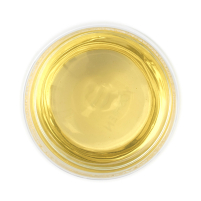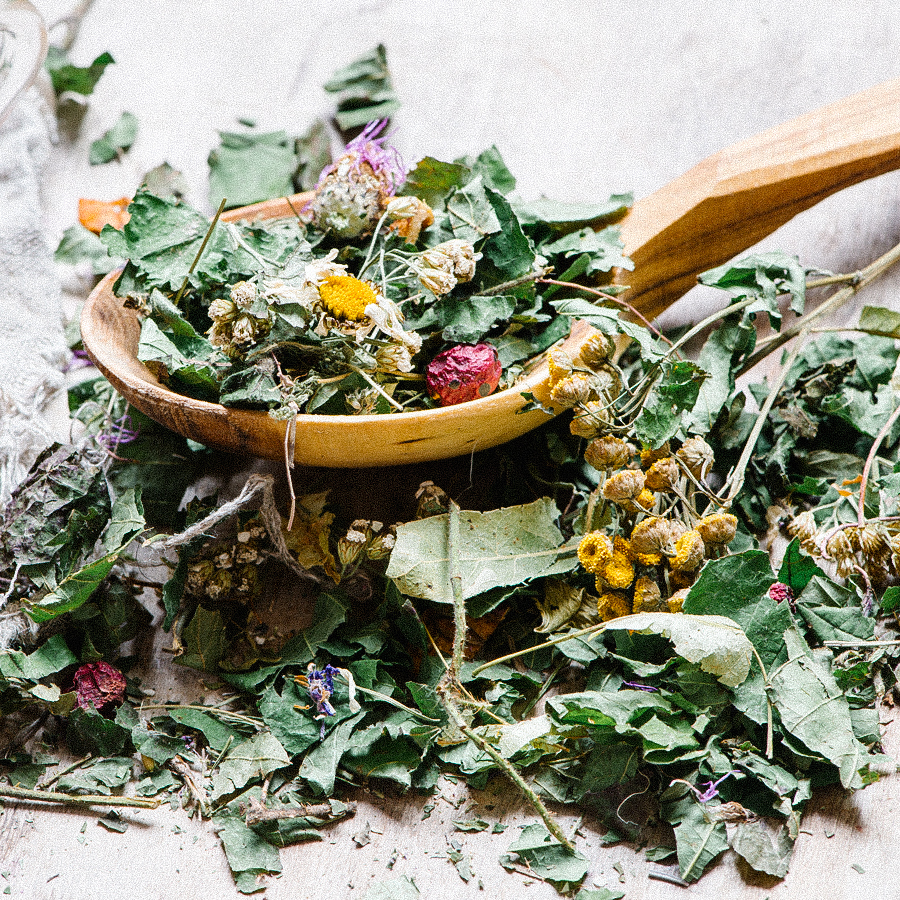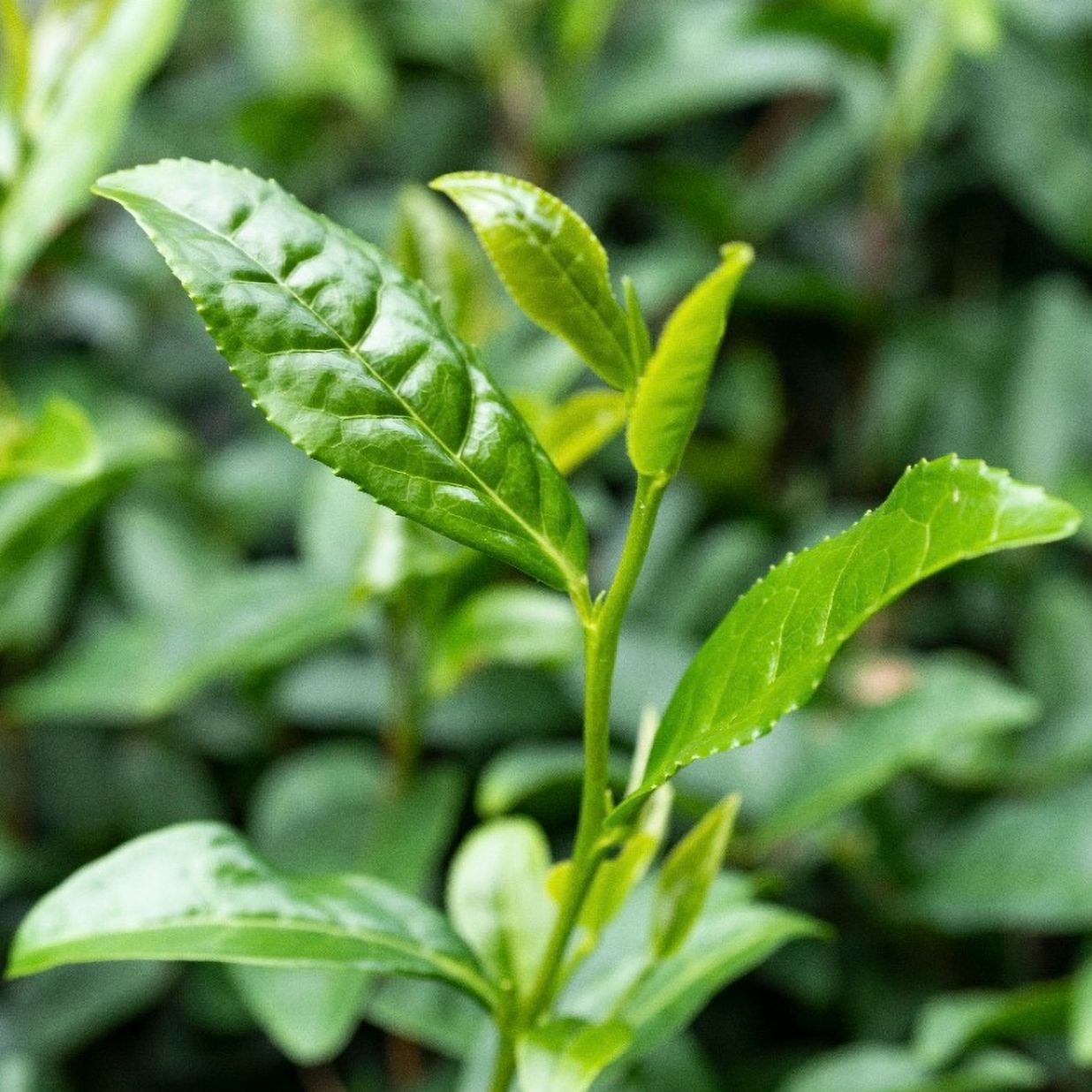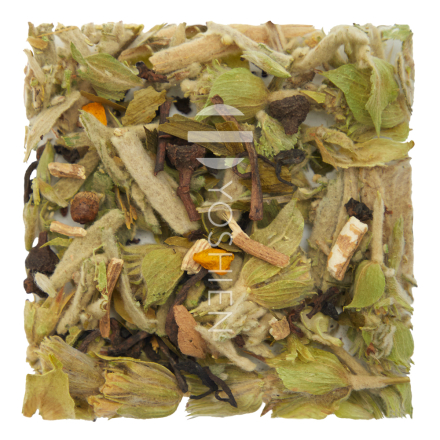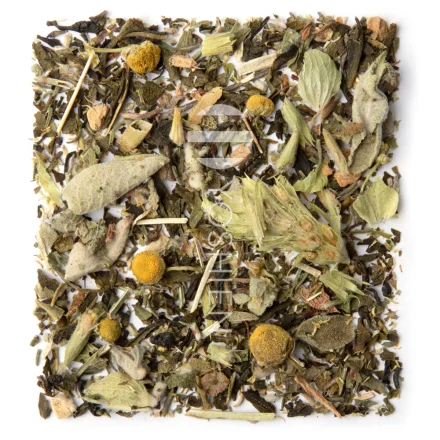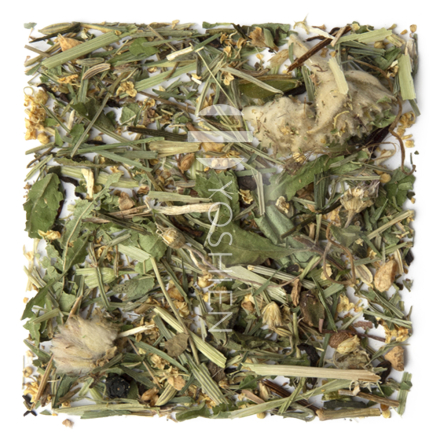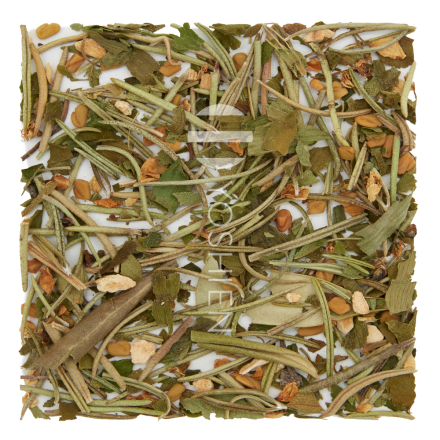Hawthorn
Hawthorn (Crataegus), a member of the rose family, is a hardy plant found in temperate regions around the world. For centuries, its dense hedges served as natural field boundaries, marking land divisions and providing enclosure for livestock. Hawthorn has long been revered in folklore and traditional medicine, and to this day, its bright red berries are used in jams, jellies and wines.
Ginseng root
Ginseng (Panax ginseng) is a slow-growing, perennial herb that has long been revered across China, Korea, Japan and the Americas. For more than 2,000 years, it has held an important place in Traditional Chinese Medicine. The Chinese name for ginseng (人參) translates to “human root,” inspired by the root’s resemblance to the human form, while its Greek name, Panax, means “all-healing”. Once harvested, the roots are gently steamed, a process that deepens their colour to a rich red and helps preserve their nutrients.
Ginkgo
The ginkgo tree (Ginkgo biloba) is a living fossil, unchanged in form for millions of years. Native to China but now cultivated worldwide, it has been honoured since 2800 BCE in traditional teachings for its balancing influence on Yin and Yang. In Japan, its seeds are traditionally shared at weddings. Since 1945, the ginkgo tree has become a powerful symbol of hope after a tree near a temple in Hiroshima burned in the atomic blast, yet soon sprouted new life again.
White tea buds
Ya Bao, often called “wild tea buds”, are rare and delicate, downy shoots gathered from ancient tea trees in China’s Yunnan province. Picked at the cusp of early spring, before the leaves have even begun to unfurl, they capture the purest essence of the tea tree. Although considered a type of white tea, it is also sometimes categorized as a “white Pu Erh” due to its origin from the trees used to make Pu Erh teas.
Goji berries
Goji berries (Lycium barbarum), also known as “wolfberries”, have been cherished in traditional Chinese medicine for over 2,000 years as a symbol of vitality and longevity. Native to the fertile valleys of China, they were once reserved for emperors and healers seeking strength and balance. Their vibrant red hue also symbolises prosperity and good fortune, making them a staple not only in wellness traditions but also in cultural rituals that celebrate life and health. They have a naturally sweet, slightly tangy flavour.
Rose petals
Roses (Rosa) are one of the world's oldest flowers, with fossil evidence suggesting they have existed for over 35 million years. The earliest cultivated varieties are believed to have come from China (around 5,000 years ago), later spreading to to the rest of the world through trade and conquest. For thousands of years, rose petals have been used as medicine and fragrance, as well as in rituals and celebrations.



